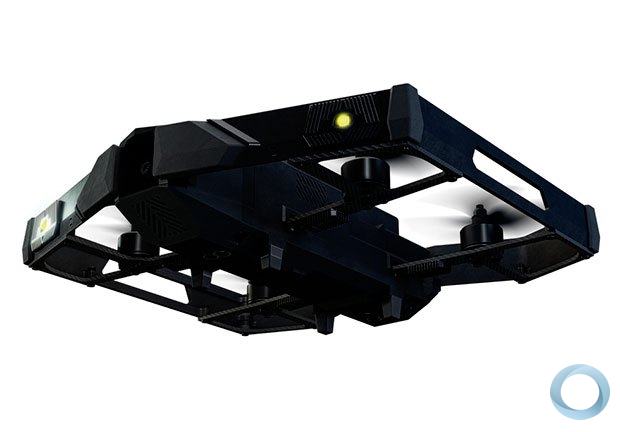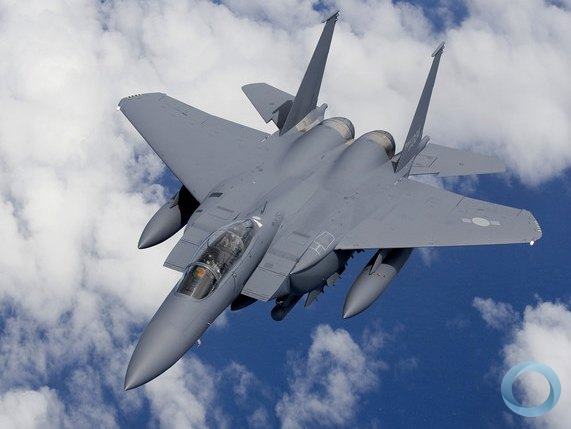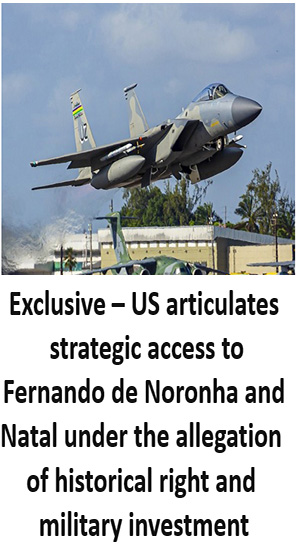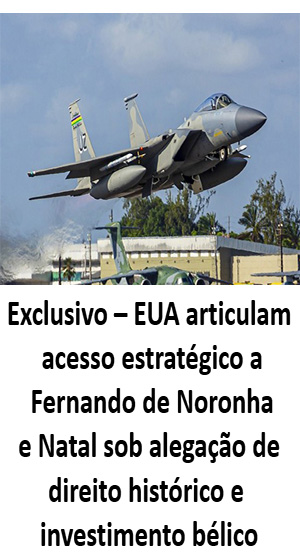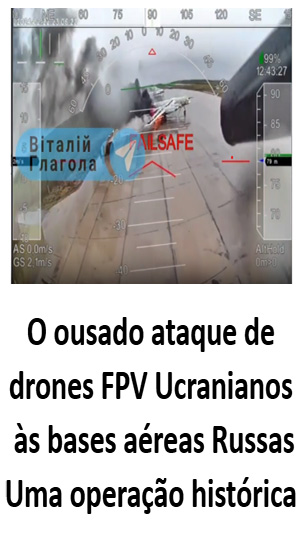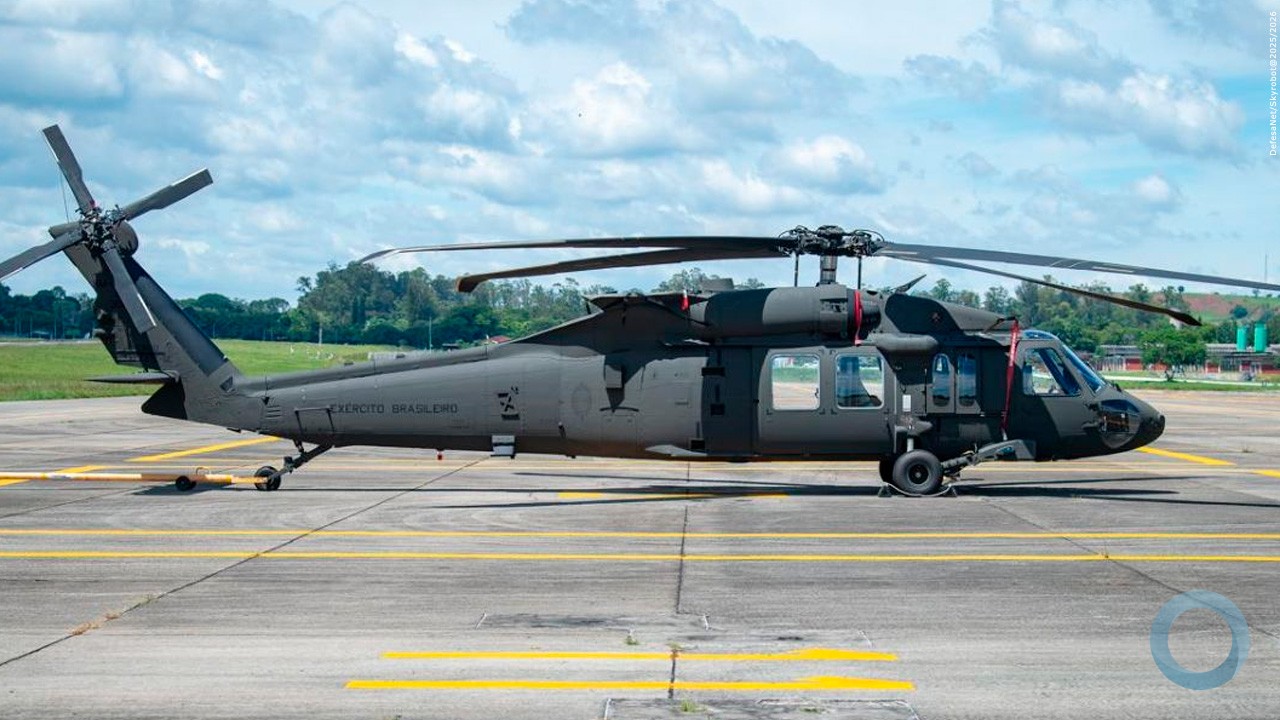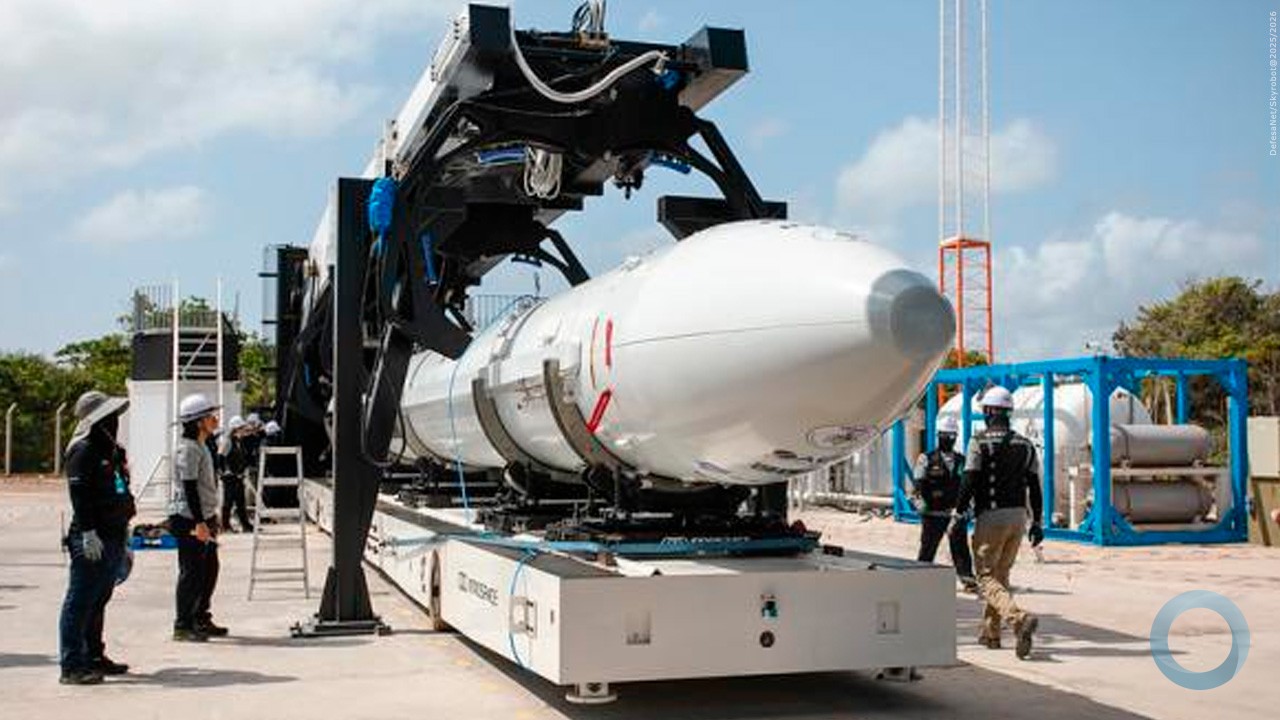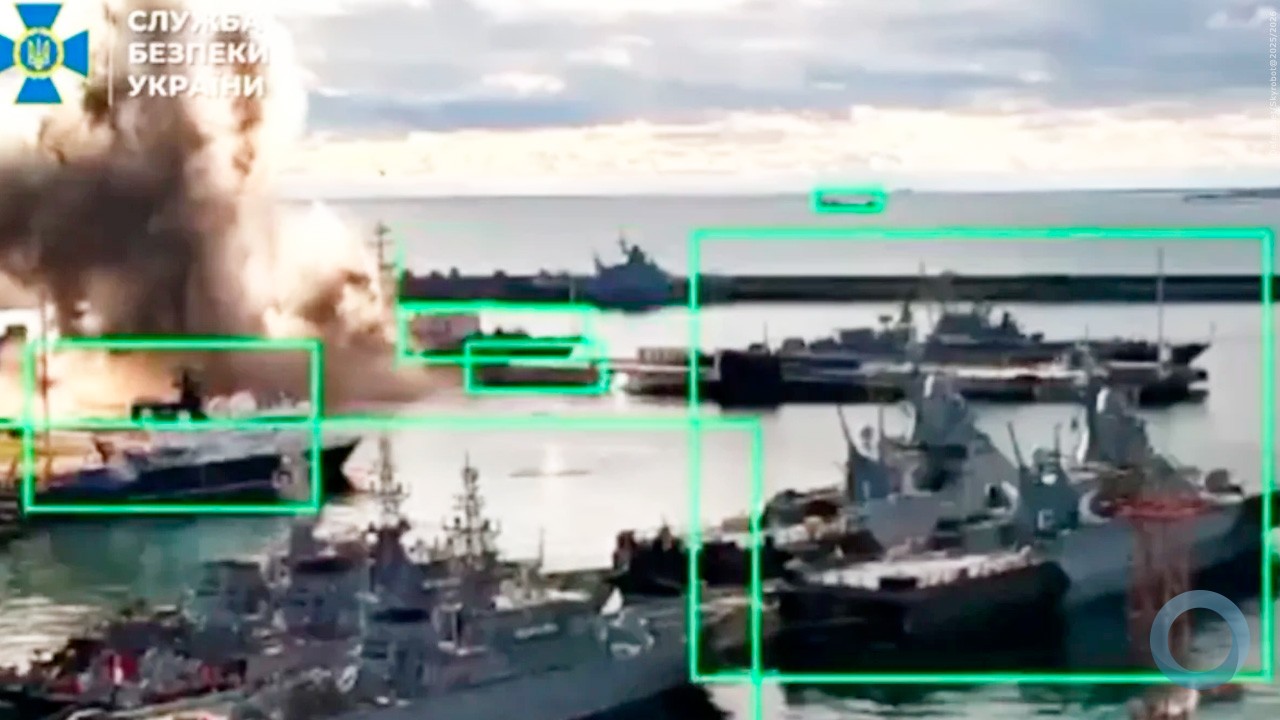Adjusting his helmet from the cockpit of the Advanced F-15- Boeing Test & Evaluation chief F-15 test pilot Dan “Dragon” Draeger slides his visor down.
But this is no ordinary visor- it’s part of the Digital Joint Helmet Mounted Cueing System (DJHMCS) and it’s about to go on its first evaluation flight.
The system, updated from the current Joint Helmet Mounted Cueing System, allows air crews to quickly acquire targets just by looking at them in any direction instead of having to turn the entire aircraft toward the target. The new digital system uses LED technology for greater reliability and visual acuity.
“You don’t have to use high voltage in order to drive the new Light Emitting Diode display which improves maintenance reliability significantly,” said Greg Hardy, Boeing manager, TACAIR Advanced Display Systems. “Couple this technology with a sharper image and improved day and night capabilities using color projected video and symbology and a better balanced helmet, and you have an advanced targeting solution that is more reliable and less fatiguing for pilots to wear.”
The successful first flight and evaluation was recorded recently at Boeing’s Test and Evaluation facility in Palmdale, California where the innovative technology inside the DJHMCS was put through its paces.
“It can slew any sensor on this airplane to a threat,” said Draeger. “This definitely brings some great capability to the cockpit and we look forward to continuing testing the system.”












